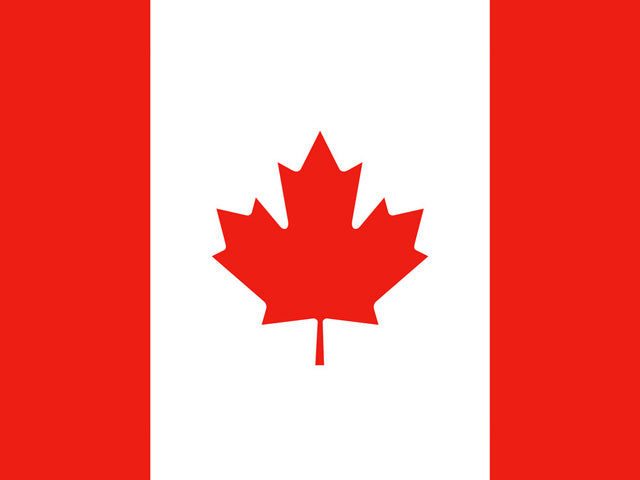The Silent Danger of High Blood Pressure: What You Need to Know
High blood pressure is the leading cause of premature death world-wide. There is no pain and there are rarely any symptoms, but prolonged, “uncontrolled” hypertension (HTN) will damage your body.
In our last article we summarized some of the medical conditions that are not necessarily associated with HTN, such as reduced sexual performance and dementia. In this article we’ll address the more frightening and potentially deadly outcomes from uncontrolled HTN.
Interestingly, the definition of “hypertensive” varies by geography. In Canada, people are considered hypertensive if their readings are >140/90mmHg or >135/85 when measuring at home. In the United States, the threshold is >130/80mmHg, drastically increasing the percentage of Americans with HTN! (24% of Canadians vs. 45% of Americans¹).
If you have HTN and are being treated, a healthcare professional has likely discussed your individual BP targets with you. In Hypertension Canada’s guidelines, a treatment goal of <140/90mmHg is recommend for patients without any other related risk factors such as kidney disease, diabetes and other cardiovascular diseases.
Atherosclerosis
The hardening and thickening of arteries due to the build up of plaque is called “atherosclerosis”. Plaque is a combination of cholesterol, waste products from cells, calcium, and fibrin – a clotting substance in the blood. Atherosclerotic plaque can build up on the walls of the artery and restrict blood flow. This action can trigger the formation of a blood clot that can break off and block an artery entirely. Many of the conditions described in this two-part article are the result of this process.
As your BP increases, your risk of a cardiovascular disease (CVD) increases. This group of disorders relate to the heart and blood vessels. A brief description of these conditions follows:
Aneurysm
A weak or thin section on the wall of a blood vessel causes it to balloon out. It is frequently caused by high blood pressure and if the aneurysm bursts, it can bleed into the heart or the brain – this can be very serious.
Coronary Heart Disease
When plaque builds up in the arteries closest to the heart, it restricts blood flow. The result can affect the normal heart rhythm. A total blockage can lead to myocardial infarction – a heart attack.
Heart Attack (myocardial infarction)
Interrupted blood supply to the heart muscle, caused by either plaque build up, or a clot breaking off and completely blocking an artery starves the heart of oxygen. Without oxygen and nutrients, a group of tissues in the heart dies, known as the “area of infarction”.
Congestive Heart Failure
The affect of narrowing arteries can cause the heart to lose its strength to a point where it is unable to pump enough blood to meet body needs. Blood flow out of the heart slows and this affects blood flow returning to the heart. When blood “backs up”, the result is fluid buildup in the tissues in the lower legs and ankles. Fluid can also collect in the lungs causing shortness of breath.
Peripheral Arterial Disease (PAD)
PAD typically affects the lower extremities. The symptoms include cramping and pain in the legs from walking or climbing stairs. Although the pain will frequently subside with rest, left untreated PAD can result in serious complications such as gangrene.
Stroke
Hypertension is recognized as the primary risk factor for stroke. A “hemorrhagic” stroke occurs when a blood vessel bursts and bleeds into the brain. An “ischemic” stroke refers to a “clump” of plaque that has broken off and blocks blood flow to brain cells.
Although many of the conditions described here are scary and potentially very serious, they are frequently the result of years of uncontrolled blood pressure. It is insidious because it progresses without pain until the symptoms become obvious. Normally, by the time your body is reacting with symptoms, it is a serious health condition that requires treatment. Many of these cardiovascular diseases can be kept in check by adhering to specified treatments and making life-style changes.
The promising news is that you can lower your blood pressure naturally without medications. Above all, measure your blood pressure at home and know if your hypertension is under control.
For more information on managing blood pressure and our related articles, subscribe to our monthly emails at BIOSmedical.com.
Author: Mark Beaton, Sr. Vice President of Marketing, BIOS Medical
Sources:
- Stella Daskaloulou Hypertension Guidelines in the US and Canada: Are we getting closer? Hypertension, April 23, 2018
- Hypertension Canada 2020 Guidelines
 FR
FR


Highly instructive. Helpful.
Thanks